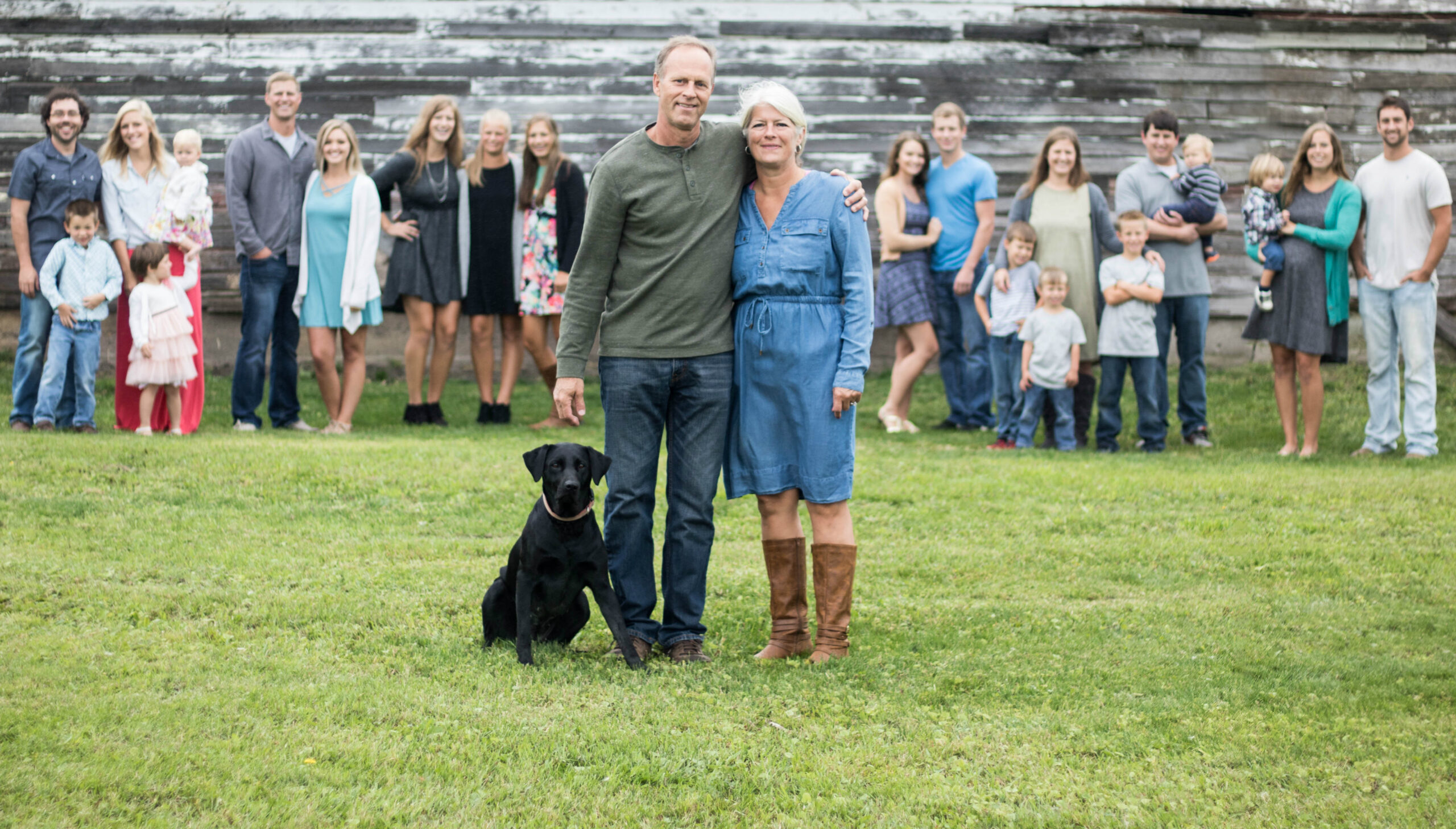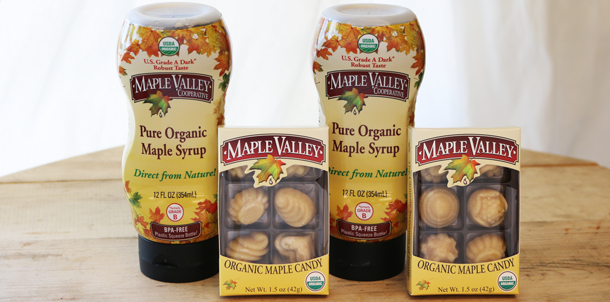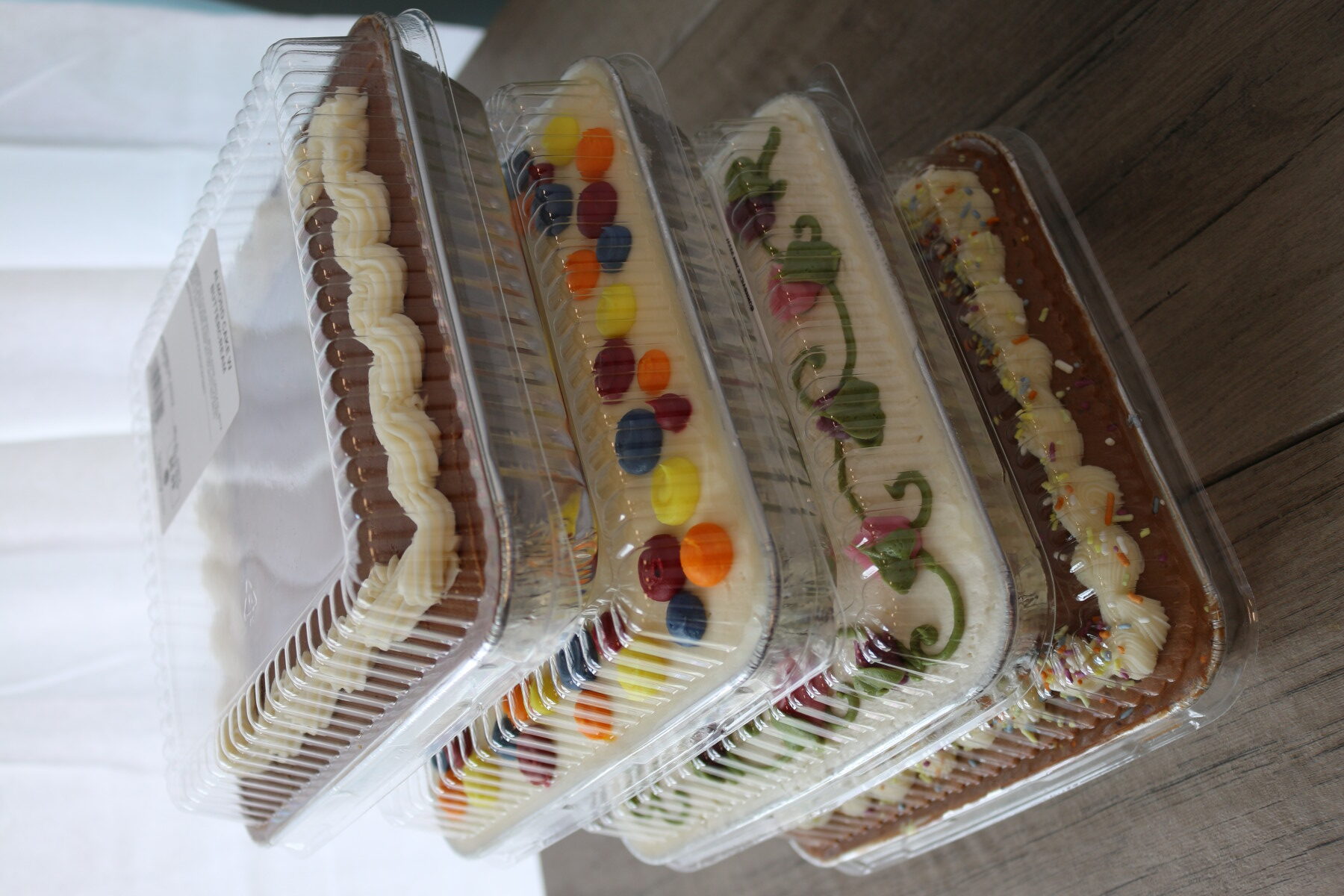Vika’s Essentials
We live in a world of chemicals. Our bodies’ compounds echo the building blocks of nature: oxygen, carbon, hydrogen, and nitrogen. So massaging more chemicals into our skin in the form of cosmetics shouldn’t be a problem, but it is.
Six years ago, at age 50, Viktoriya Hopperstad found herself with itchy, flaky skin. Creams she usually used provided no relief. A doctor diagnosed her from a textbook, leaving her unimpressed and scratching her head. A trip to Hawaii and the introduction to macadamia nut oil—known for its creamy, indulgent qualities—flipped a switch for Viktoriya Hopperstad and brought her to a new understanding of skincare and the application of chemicals. From this experience, Vika’s Essentials began to germinate.
Business Takes Root
“Five years ago, I totally reconsidered what I was doing,” she recalled. “One day I decided, that’s enough.” Viktoriya Hopperstad, a 15-year journalist from Ukraine, embarked on a new way to improve her skin. Healthy skin starts in the gut, Viktoriya Hopperstad learned. She needed to stop consuming sugars and begin ingesting probiotics.
Her next modification centered on the products she applied to her body. She heard about people crafting their own products and felt an idea sprouting in her head. She wanted an ointment that was free of synthetic-chemicals. Not only that, but Viktoriya Hopperstad wanted her skin-care products to utilize nut and seed-oils that were extracted without synthetics or heat.
Gaining Knowledge
Her years as a professional journalist honed her research skills; she dug into the discipline of esthiology and that found the key to effective skin-care products is quality of oils and method of extraction. “The reason why my product works is how the oils are extracted. A majority of my oils are coldpressed,” she said. “Overheating [the oil] kills the vitamins and minerals and [beneficial] properties of the product.”
“Encyclopedia Britannica” describes cold-pressed oil as cold-drawn, or virgin oil, which is “purer and has a better flavour than oil expressed with the aid of heat.” While Vika’s Essentials are not intended to be eaten, Viktoriya Hopperstad insists they are food for the skin and could be consumed without necessitating a call to the poison control center.
Field Trip Lessons
Viktoriya Hopperstad’s skin-care line features 20 different products with over 80 oils. Finding the best oils has been accomplished by travel and adventure. Viktoriya Hopperstad shares her itinerary in pursuit of clay to use in a facial mask. “My husband and I went to a women’s co-op in Morocco. There we found Rhassoul clay, but it wasn’t until we went there and talked to people who actually work with clay that we really understood it. We found out how they produce it so now it’s my new product, Moroccan Queen Clay.”
Another nature-made ingredient Vika’s Essentials uses is bee propolis, which is the glue bees use to hold their hives together. WebMD.com acknowledges propolis’ efficacy in combating bacteria, viruses and fungi. WebMD also suggests that propolis positively affects inflammation and enhances healing of the skin.
Viktoriya Hopperstad, however, didn’t read WebMD to learn the properties of propolis. She went straight to the source: an apiarist. “I learned so much from beekeepers,” she said. “They told me tincture or extract can be added to cold sore TNT [one of Vika’s Essentials products]. I started to wonder, what else can I put it in?”
Perfect Proportions
The mother of two adults children saw her learning start anew as she attended seminars, conferences, lectures and webinars. She became a part of the skin-care community and shared knowledge with others in the field. Essential oil companies were also a source of information. The knowledge is out there,
Viktoriya Hopperstad says; she just needed to avail herself of it. Viktoriya Hopperstad found a personal truth, “When I have a goal and have no clue how to accomplish it, I seek spiritual guidance and then the information comes from research and other sources.”
As a problem-solver, she’s even had an Elias Howe moment. When Howe was in the process of inventing the sewing machine, he dreamed of the correct contour of the needle. He woke up and shaped it successfully. “Even in my dreams, my mind is still working on problems. When there’s that thing I’m not quite sure about, dreaming has the answers. For me, it’s fun,” she declares.
Family Business
As a family business, her husband, Rick Hopperstad, helps in marketing and her daughter helps with demonstrations. Her son and his family, who reside in Russia, offer themselves as test-subjects.
The lower-level of the Hopperstad’s home has been converted to a laboratory to handle mixing, concocting, and storing needs. Outfitted with three refrigerators, strong lighting and shelf after shelf of glass jars, she follows safety protocol as she creates small, preservative-free batches, full of chemicals, but the kind found directly in nature.
Susan Budig, also known as The Mindful Poet, writes as a
music journalist, feature writer and news journalist for local
newspapers in Minneapolis, Minnesota. Her poetry appears
in “Writers Digest;” “Music & Vision;” “Classical Poets;”
Thirteen Blackbirds Poetry blog; Art & Earth arts blog, and
“Friends of the Arts” newsletter. Find her poetry on her blog
susanbudigs-poetry.blogspot.com.





